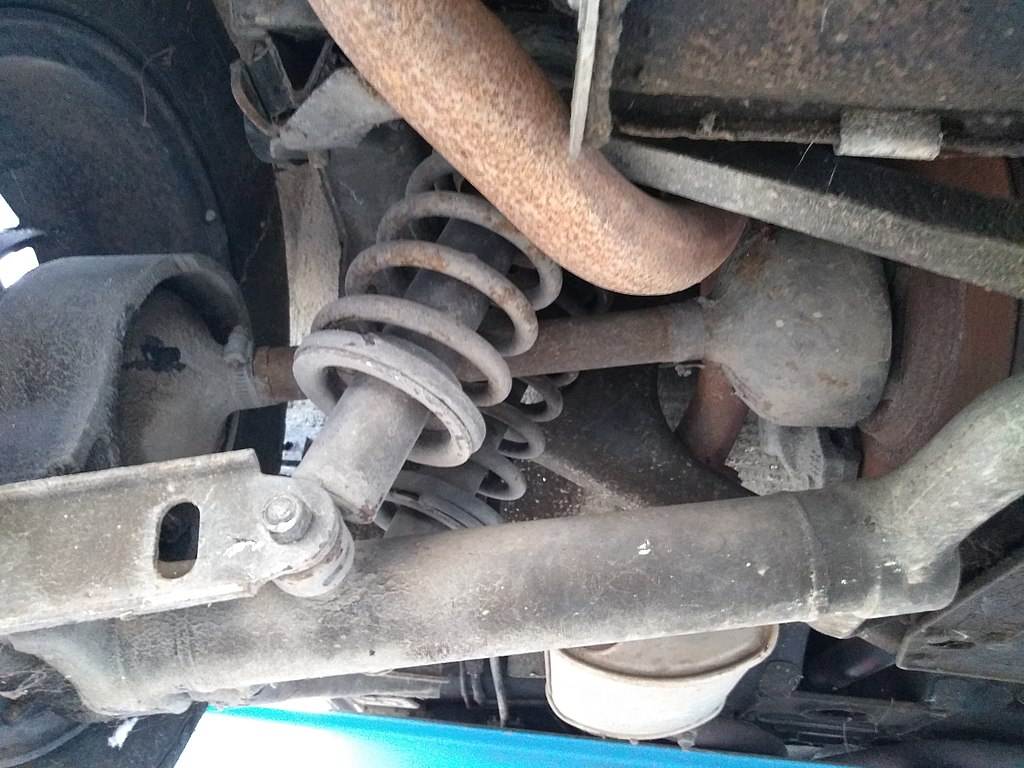Car suspensions are essential components of your car and help keep you safe while driving. A suspension system connects your vehicle’s wheels to its frame. It reduces bumpy rides, absorbs shock and vibration, and keeps your car stable on dirt or pavement. There are different types of suspension, which you should know about to understand how the system works and which one is the most suitable for your car.
Contents
What Does a Car Suspension Do?
No matter what types of car suspensions you have, each system does only one thing—allowing you to have more control over handling your vehicle and riding it more smoothly.
Car suspension systems support the weight of your vehicle by distributing it evenly across all four wheels. They also absorb any bumps or uneven terrain, so driving a car feels smooth and comfortable. They protect the undercarriage from damage, keeping your car safe when driving long distances or through rough terrain.
A suspension system connects the wheels to the car’s frame and body through multiple bushings and bearings. Its components include shock absorbers, springs and dampers, anti-roll bars, stabilizers, tie rods, and ball joints.

Common Types of Suspension in Automobiles
A car suspension is a set of components that allow your car to move quickly and steadily. It’s like a giant pair of springs that help your vehicle keep its balance and roll smoothly over bumps.
There are two different types of suspension: independent and dependent.
Independent Suspension
The types of suspension you will see in most vehicles are the independent system.
These suspension systems allow the wheels to move freely irrespective of the other’s movement. It means that bumps on one wheel won’t affect the other, letting you enjoy a cushioned riding experience.
Another benefit of this suspension is that it reduces wear on your vehicle’s drivetrain and other components. It’s mainly used on some sports cars and luxury cars because it allows for better handling characteristics than different types of suspensions do.
Some common independent car suspension types are:
Multi-link suspension
A multi-link suspension uses two or more link bars that connect each wheel independently to your vehicle’s frame. The design helps distribute load across all four wheels, reducing bumps and improving ride quality.
The system is made up of several links connected by pivot points. These pivot points are generally located in the middle or rear of the vehicle’s chassis.
When you take a sharp turn, the suspension keeps the wheels close to the ground. Despite having a complex build, it provides good traction and a comfortable ride.
Macpherson suspension
This front axle suspension functions through a steering knuckle with two mounts. The top mount connects to the damper, and the lower one goes to the control arm.
Macpherson suspension is one of the most popular systems for automobiles these days. It’s a lightweight suspension that does not take much space. Because of running on a simple mechanism, it does not demand extensive repair costs. It also provides superior comfort by effectively dampening road bumps.
SEE MORE
- The Easiest Way to Optimize a Lifted Vehicle’s Suspension
- What are the Benefits and Downsides of Lowering Suspension?
Dependent Suspension
The main component of a dependent suspension is a solid rear axle across the car’s width. It keeps the position of the wheels parallel to each other and at 90-degree to the axle.
In this system, both wheels are attached to each other, so their up and down movement is relative to the other. The system is usually found on rear-wheel-drive vehicles, where the rear axle moves in all directions.
A dependent suspension can be helpful if you have tight turning radius restrictions at certain angles. It also works great for off-road vehicles or ones with high ground clearance. But the suspension is heavy, so handling and stability at high speeds are poor.
There are only a few dependent car suspension types; the most common is the leaf spring rigid suspension. As the name suggests, it uses leaf springs instead of coil springs to dampen the bumping effects.
Leaf springs suspensions are primarily used in commercial vehicles because they can bear considerable weight without any issue. However, they are not the best for high-speed riding or taking sharp corners.
Another example of this type is the rigid axle suspension that consists of an axle connected to the wheels through a wheel spindle. It’s one of the most common suspensions because it’s simple and easy to maintain. Also, it has a high load-bearing capacity, which is suitable for heavy-duty vehicles.
Conclusion
From the types of suspension for cars, the independent system is the go-to choice for most modern vehicles. It offers better grip and handling performance, making it easier to control the cars at higher speeds. However, dependent suspensions are still a better choice for commercial vehicles simply because of their easy maintenance and repair and excellent load-bearing capacity.



